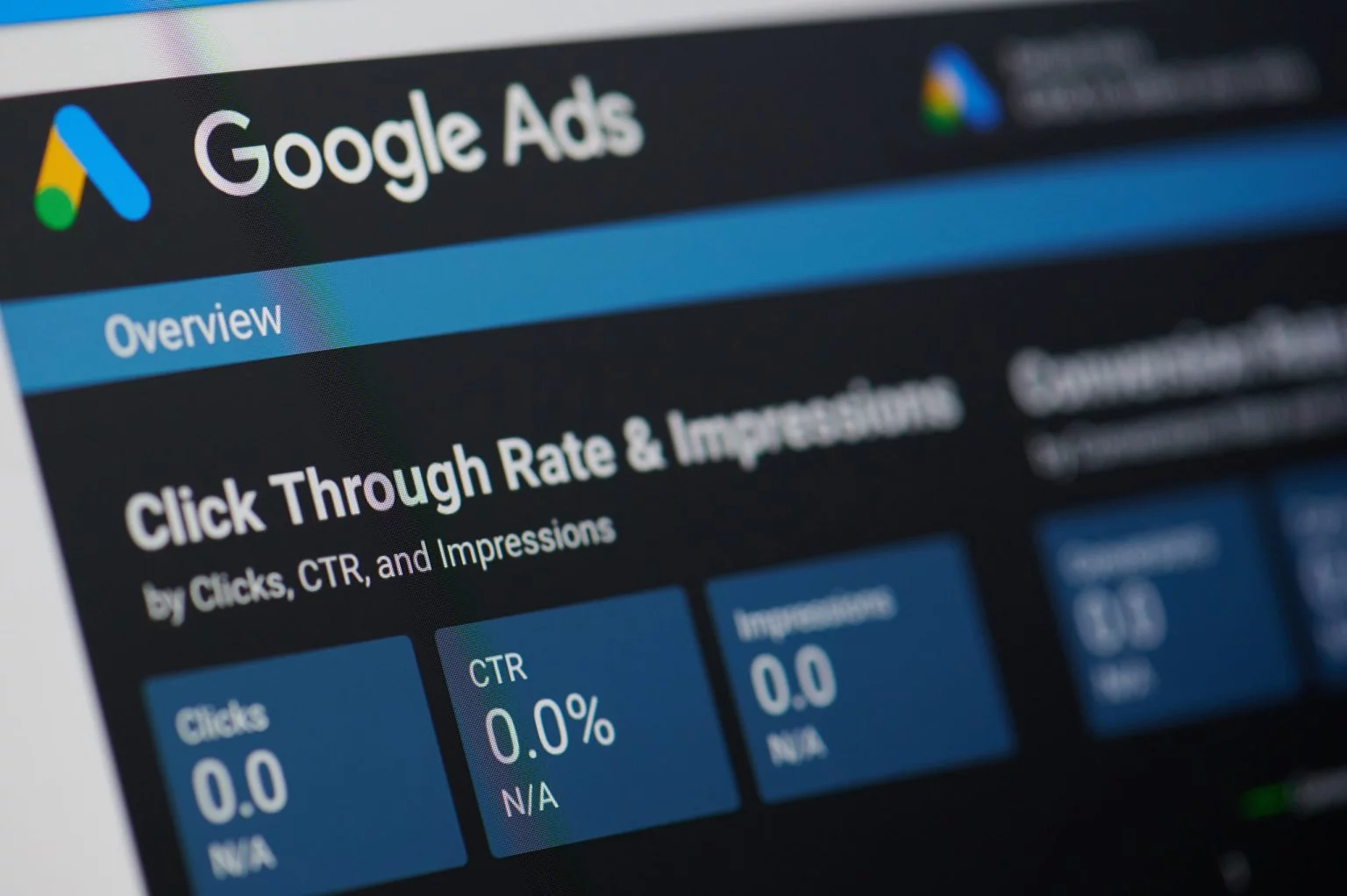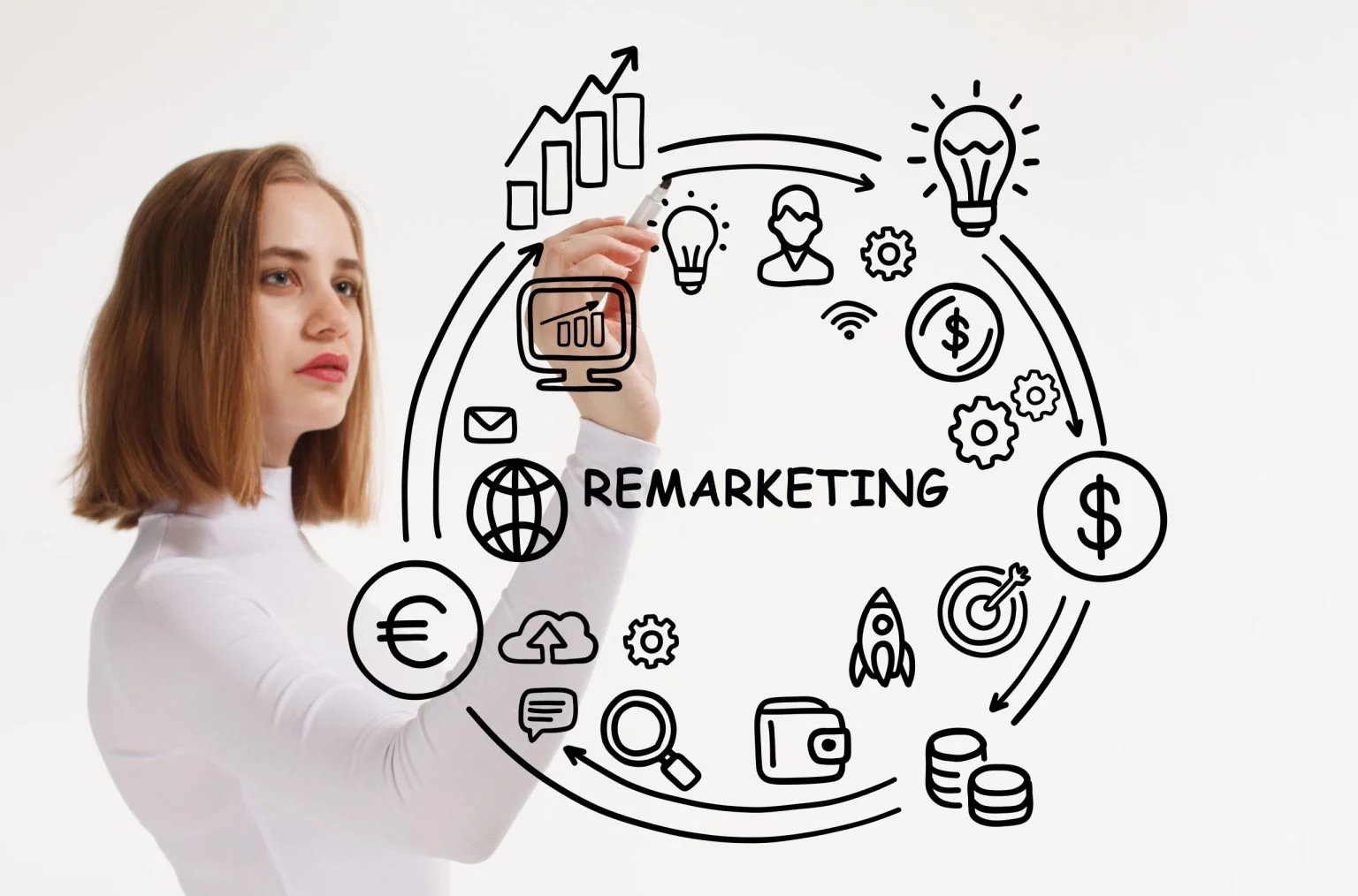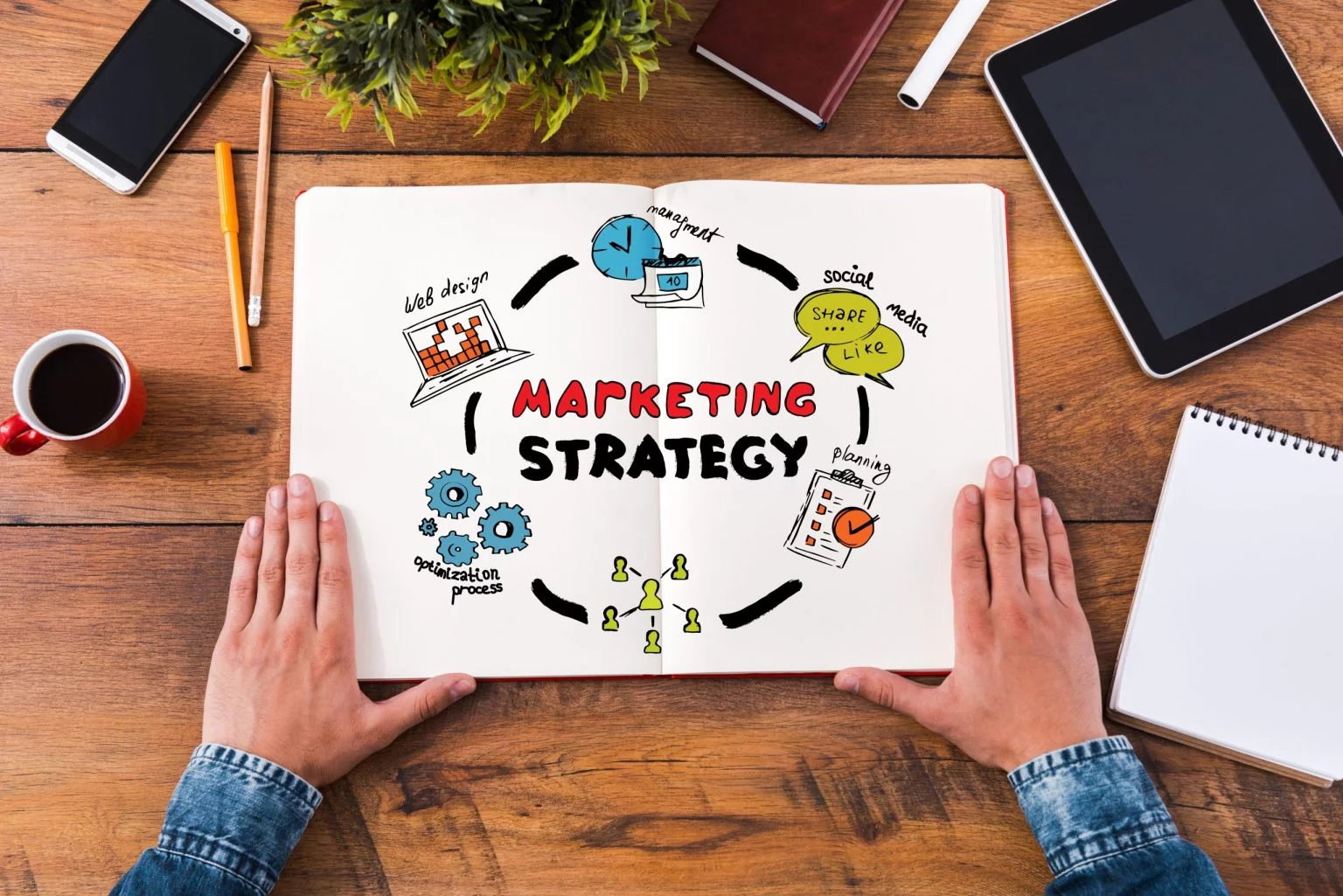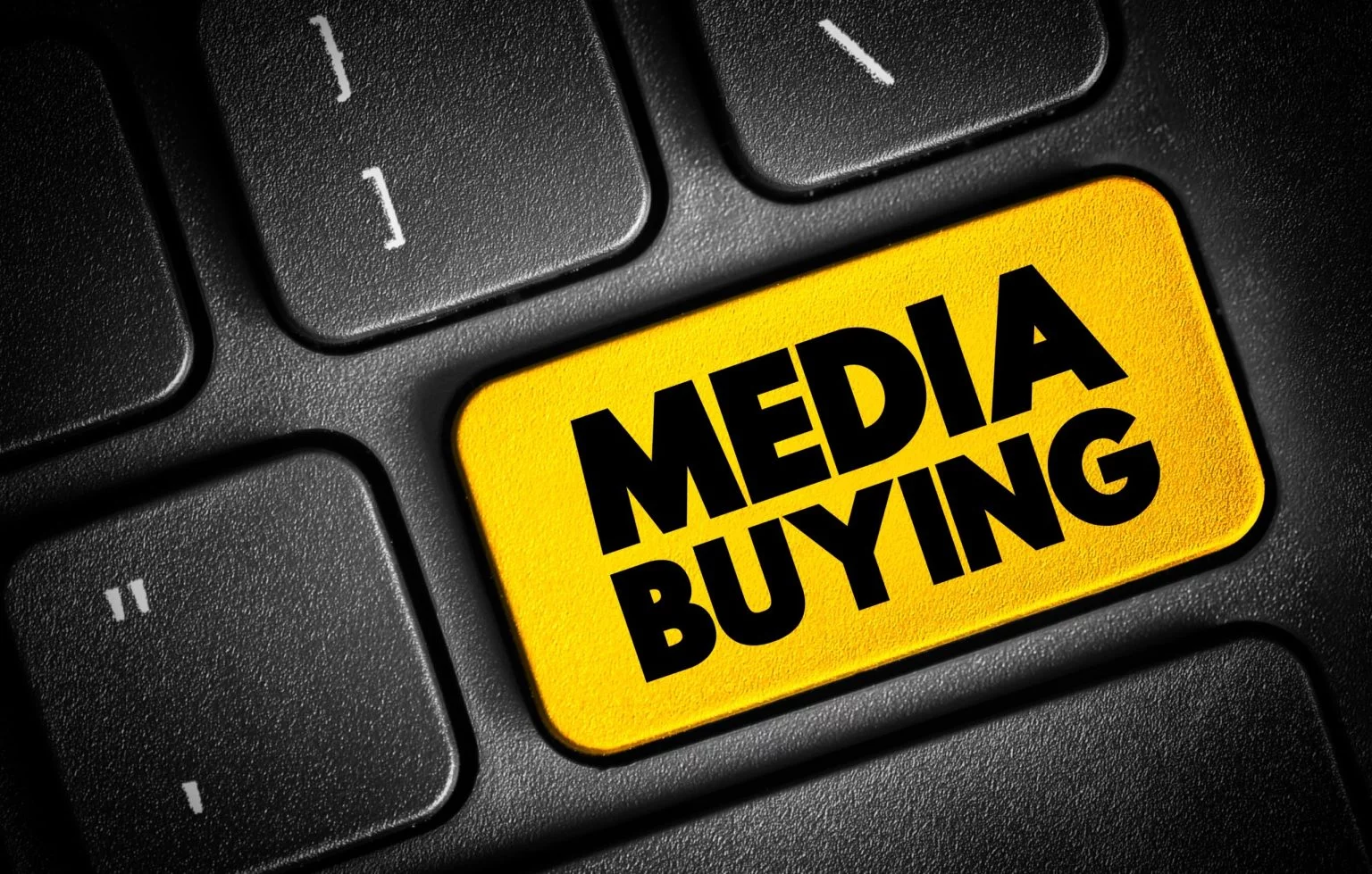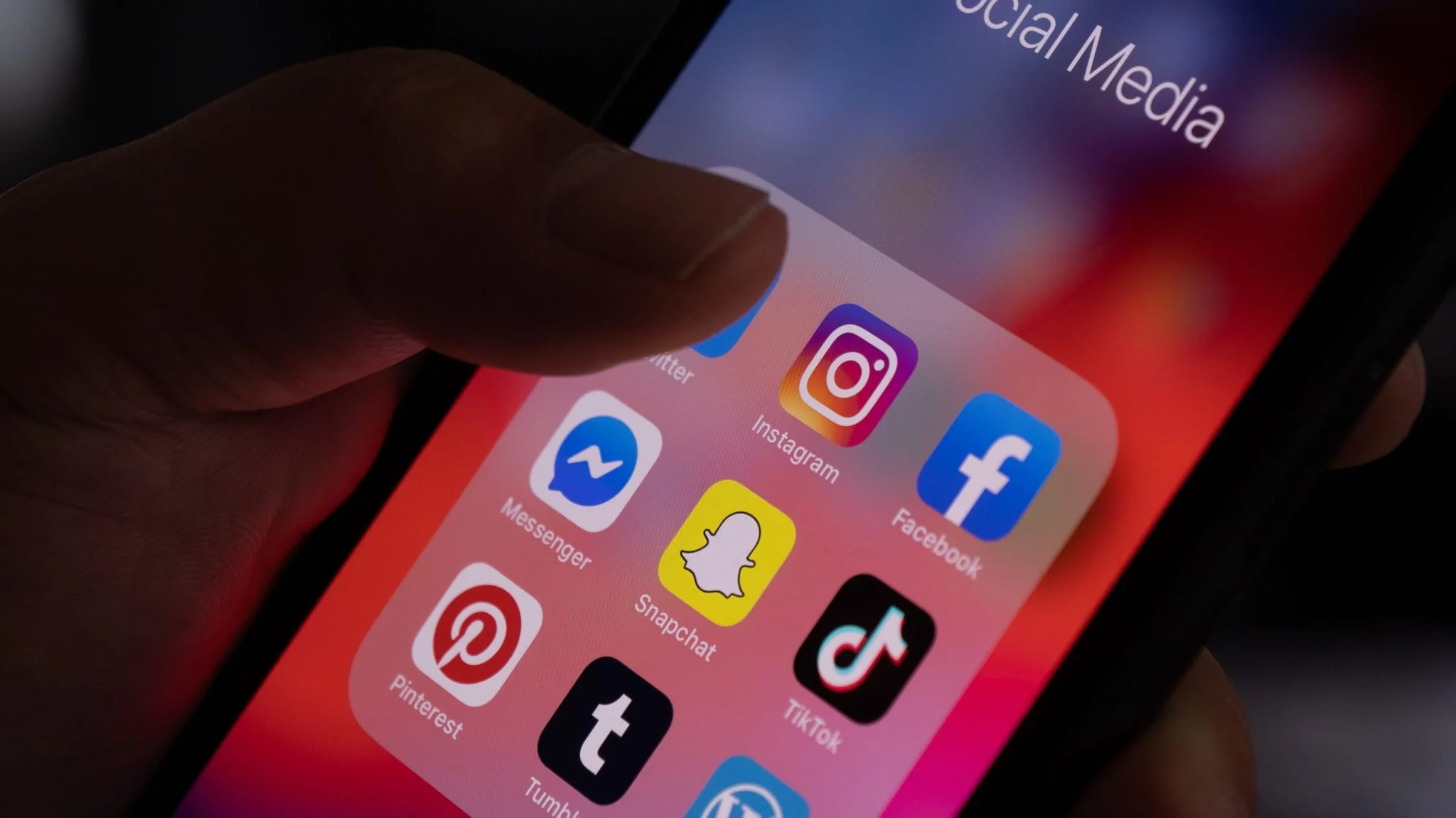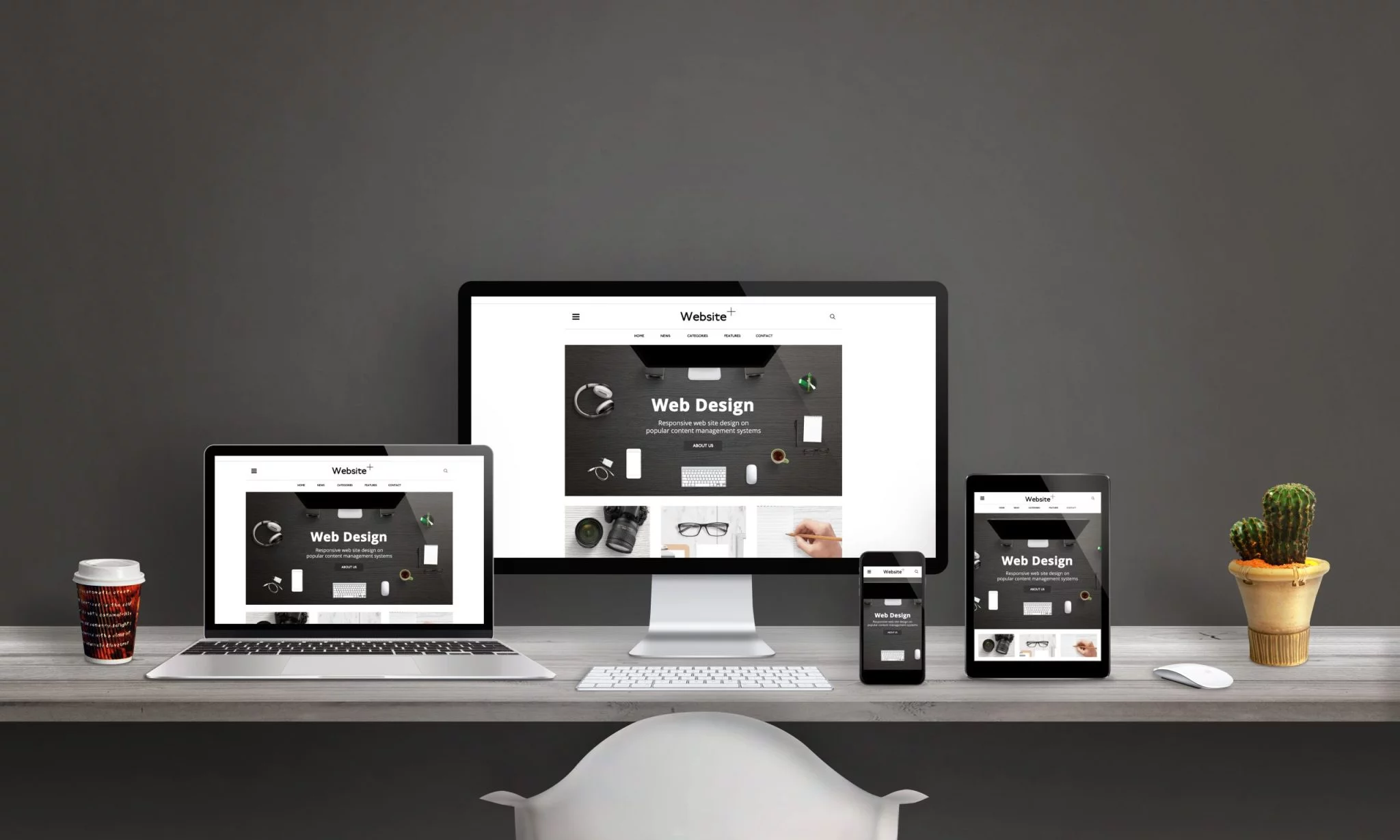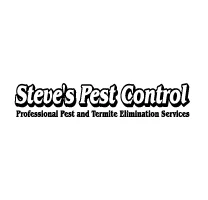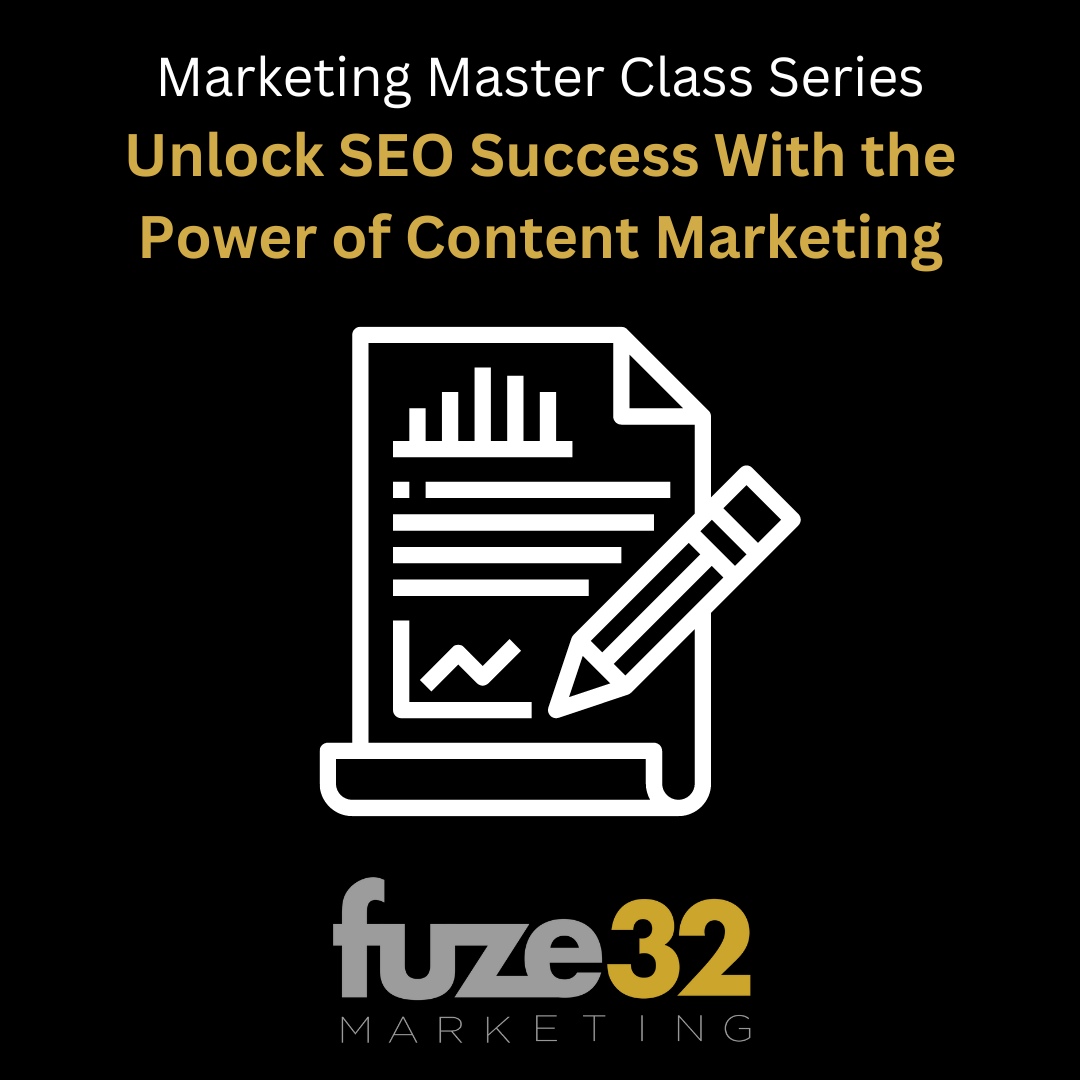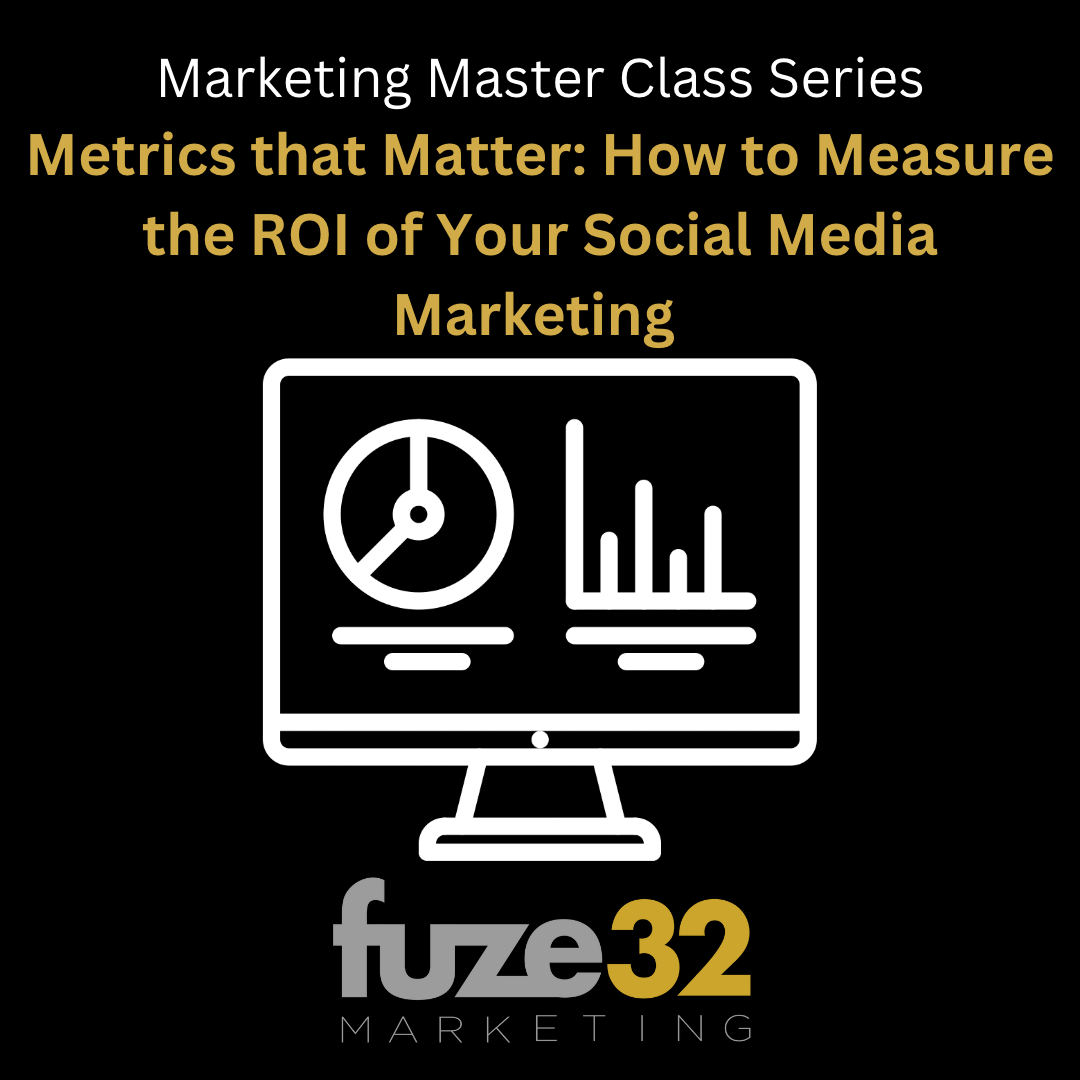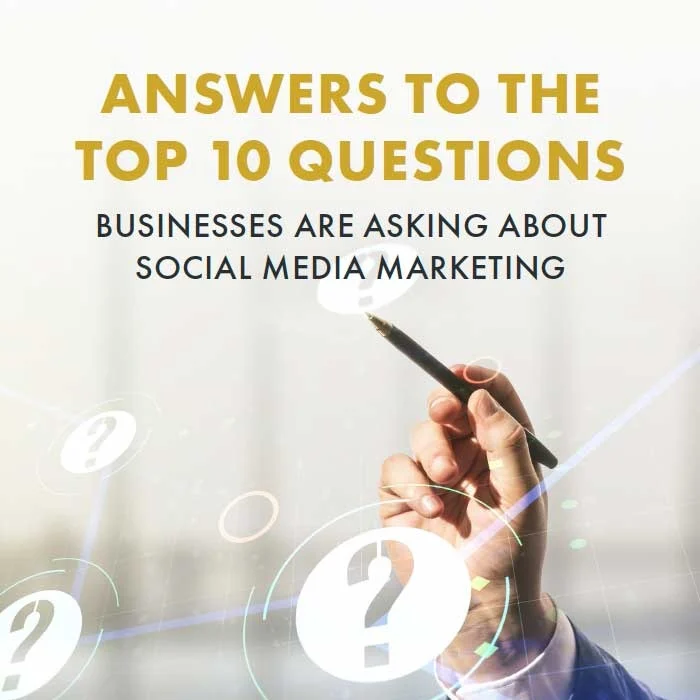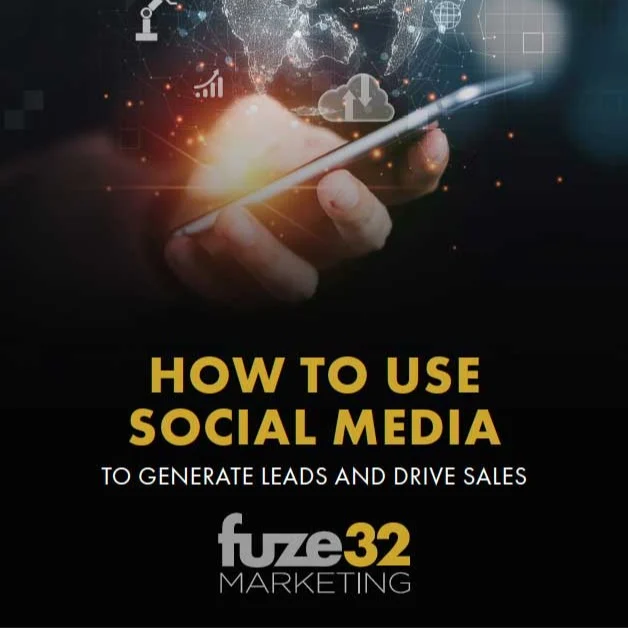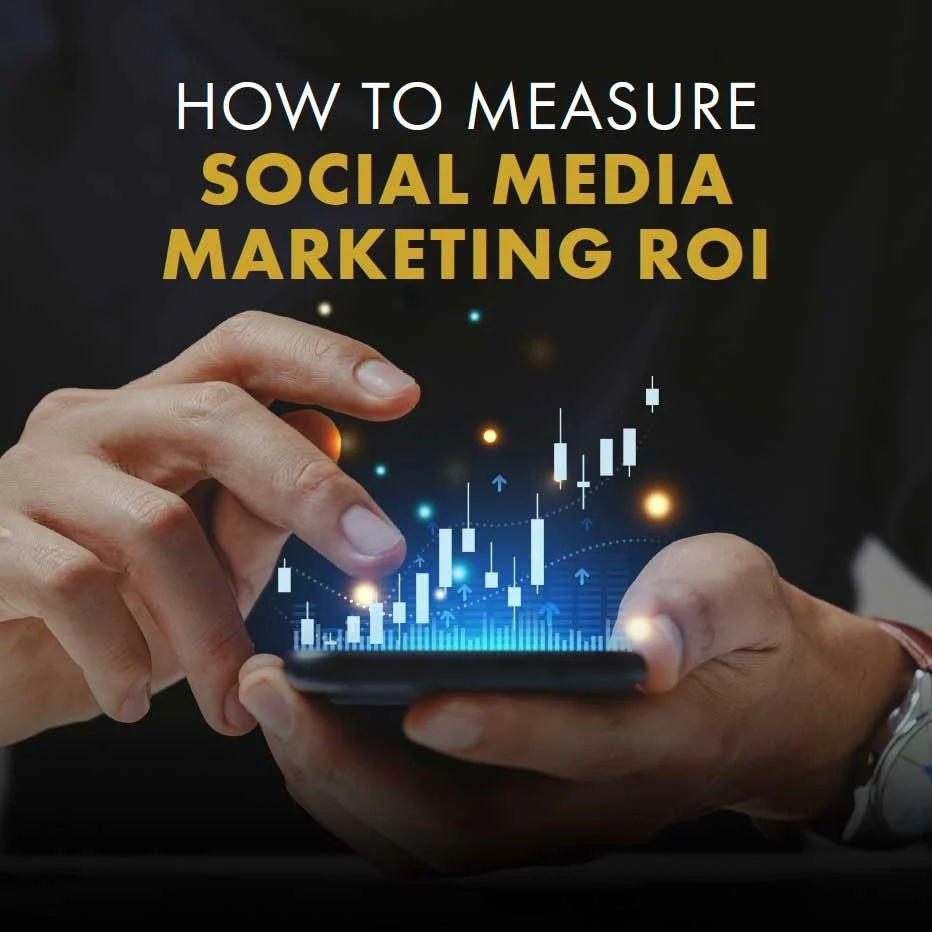The sales game is changing. Technology is transforming the way we reach and find prospective customers – and some welcome the change. Others are left wondering how to adapt. The solution is to equip both sides of the sales coin: inbound AND outbound sales, to bring their A-game.
A proper inbound strategy employs technology to find and attract qualified leads so that your outbound or customer-facing salespeople can do what they do best, which makes the human connection at the right time with an appropriate conversation to close the deal.
Fundamentally, it takes both inbound AND outbound marketing to bring success.
What Is Outbound Marketing?
Outbound marketing is referred to as traditional marketing or interruption marketing. The ad or message is printed or broadcast to the masses in hopes of generating leads and sales. Direct mail, billboards, telemarketing, newspapers, magazines, radio ads, television commercials, and sales calls are all examples of outbound marketing.
Outbound marketing continues to be the most effective way of building your brand to a bigger, broader audience. Then, there is the time-consuming following up on any leads with telephone calls, emails, and face-to-face. Today's savvy consumers are so overloaded with messages they are very, very selective of what information they accept. They only tune in to what interests them and ignore the other noise. This makes outbound marketing more and more difficult to generate valuable on-target leads. Enter inbound marketing.
What is Inbound Marketing?
Inbound marketing is leveraging online content to get your message seen and read. Blogs, vlogs, emails, white papers, social media, website content, search engine optimization, and all the sexy terminology that goes along with it. In a very non-techy nutshell...inbound marketing triggers Google and other search engines' algorithms to reward your content by helping people find your information. It starts working when someone types what they are looking for into the search bar that relates to what content you have published. Inbound marketing works for you 24/7 by using the online tools and content you create, ie: SEO, CTA, landing pages, and other strategies in the sales funnel.
Because these leads are looking for relevant content, they are educating themselves and are ready to listen to your complimentary info, advice, and content. Inbound marketing positions you as the industry expert. Thanks to your awesome content, you earn consumer trust and build leads that result in sales and loyal customers.
How Outbound and Inbound Marketing Work Together
This is where your brand development and staying committed to your brand guidelines will come in handy. When you put both outbound and inbound marketing efforts together, a synergy happens. Sales leads are more likely to convert into buyers when they are nurtured with quality content.
Here are a few ways they can work together:
Warm-Up Cold Calls
If someone has downloaded an e-book or subscribed to your blog, for example, you can use their interest in your content to warm up the lead. Capturing their information and following up in a timely manner is extremely effective.
Promote Your Content
Build your audience by using outbound marketing as a tool to target online prospects. For example, add links or QR codes to direct mail, posters, and other printed advertising that takes the lead directly to a landing page on your website. Always include a call to action (CTA), so they know exactly what you want them to do.
Engage Dead Leads
Use entertaining and educational marketing content to rekindle the interest of an old lead. For example, write a blog about the latest and greatest industry trends, create a behind-the-scenes video, or share testimonials of satisfied customers.
Nurture "Not Ready to Buy Yet" Leads
Keep in touch with leads who aren't quite ready to buy with a combination of relevant and meaningful messages. Encourage them by providing content that explains how buying will make their lives much better.
Work Your Existing Database
Most businesses have amassed a database of both customers and prospects through years of collecting names and contact information – but few leverage that database. Segmented email marketing, as part of a solid inbound strategy, will generate leads, but it takes time and attention to make that happen.
If you find yourself frustrated because your current prospecting efforts are not working as they have in the past and your closing ratios are dwindling, it’s time to consider inbound marketing. Inbound helps your outbound efforts build value beyond price and reach prospects before your salespeople ever know they are looking for your solutions.
Contact us today, and let's create a kick-ass marketing strategy that harnesses the power of inbound and outbound marketing.
Originally published 8/3/21 - Updated 9/11/23



.webp)






